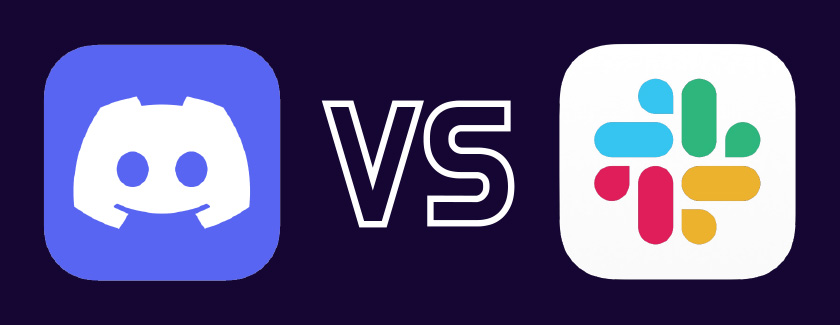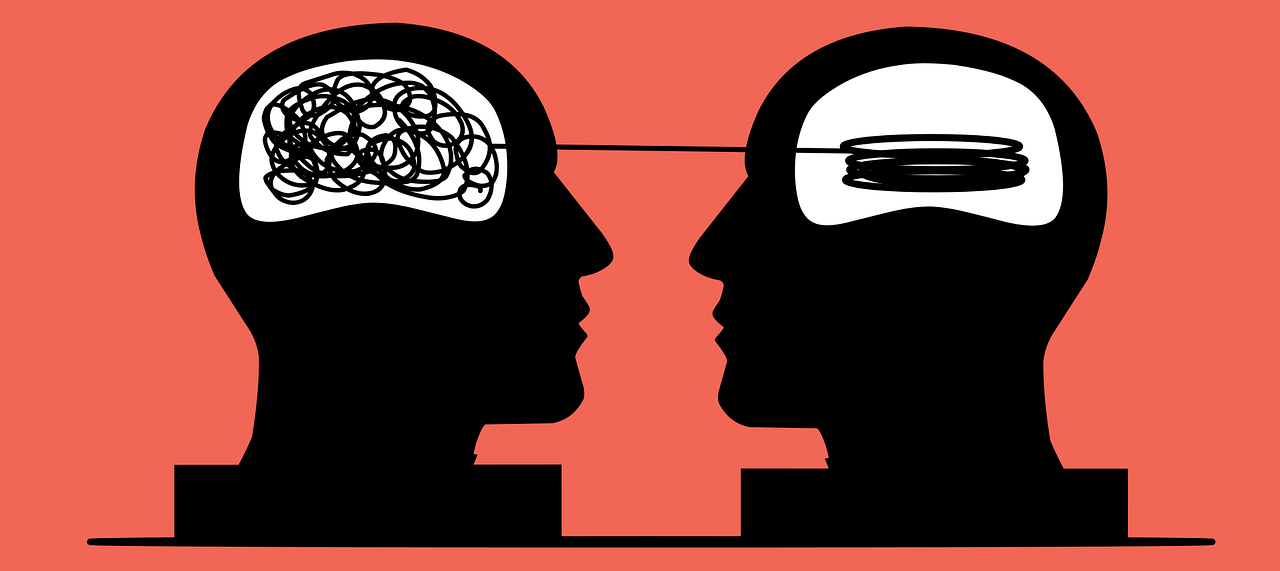
As a User Experience (UX) Designer, understanding one’s audience is essential for any successful product. To elaborate, this article “The psychology in UX design” acts as a bible of how thorough awareness and analysis of human psychology is a crucial part of the design process, listing dozens of behaviors and phenomena as they relate to design.
A designer who doesn’t understand human psychologies is going to be no more successful than an architect who doesn’t understand physics.
Joe Leech
So what does that quote actually imply? That if a designer fails to understand psychology, their product will ‘collapse’ just like a building that defies physics?
Actually, yes (well, figuratively speaking). In reality, if a product or service does not meet a person’s needs or make them feel a way they expect, then that person will avoid that product or service and find something else that does. Generally, this is fine only if that person is not the target consumer and there are other prospective targets out there. However, if there are minimal to no audiences left for the product or service to reach, then it is safe to say that the product or service is doomed to fail—just like how a physics-defying building would.
This point is stressed diligently in this article for the Harvard Business Review “The New Science of Customer Emotions,” where the authors state that identifying the “emotional motivators” for the most valuable target customers is a must, even if the process may be challenging (which it often is).

So, how can we assure that we understand a target audience’s feelings and needs? Well, as mentioned, the process can be tricky, especially for more complex products. But, a great first step for any product is to walk into the consumer’s shoes and respond to experiences through basic feel and need statements. For example, the language-learning app Duolingo divides the language-learning process into short-term daily goals. Meeting these goals and receiving a badge of approval or a fuller progress bar may make you feel valued and empowered because your need for achievement and progress was being met.
Feel and need statements are great for identifying whether the emotional responses of consumers align with your goals, and they especially work on websites and applications which have to go through many prototyping and testing phases anyway.
Now, let’s take this feel and need statement template a step further and apply it to two whole application experiences. For this assignment, I took a journey through two of the most popular team-based communication software: Discord and Slack. They both serve similar functions of allowing communities to connect via text, call, or video. But, they serve different target audiences. Discord tends to cater to gaming and artist communities, whereas Slack tends to cater to businesses and workplace communities.
But how is that so? Perhaps the feel and need statements will tell us.
In a nutshell, Discord is what I have used almost everyday for 5 years to ‘voice chat’ with friends, contribute to conversations in text channels, and connect with gaming and artist communities. On the other hand, I installed Slack for the first time for the purpose of this analysis. Therefore, I may be biased in my analyses, but at the same time I am conveying two different perspectives.
To view the PDF of my full analysis, click on the link below. Otherwise, I will proceed with highlighting some of my findings.
Discord- User Interface

At first glance, Discord’s landing page makes me FEEL CURIOUS and a bit CONFUSED because my NEED for DISCOVERY and SIMPLICITY is being met and not being met, respectively.
The general color scheme makes me FEEL SERENE and FREE because my NEED for EASE and INDEPENDENCE is being met.
Unlike what seems to be normalized in the tech world, I prefer light content on dark backgrounds. This is just one aspect of the user interface that I love about Discord. I feel like I am a part of a more underground network—and perhaps this is what gamers and indie artists enjoy in general.
However, the landing page in this screenshot appears convoluted, which may confuse new users. This is the case only because I have populated it over time with friends and servers. That being said, a user who is not familiar with server-based chat communities may still feel a bit overwhelmed.
Discord- User Experience


The ability to create different channels (text channels and voice channels alike) within each server makes me FEEL CREATIVE and PROUD because my NEED for CUSTOMIZATION and ORGANIZATION is being met.
Some of my favorite aspects of Discord are the organization system and customization freedom. The names of the channels and users—and the avatars—probably make no sense to the outside reader. But that just shows how customizable they are and what kind of expressive audience and environment the platform fosters. The choice is yours to make as a gamer, artist, personality, or fellow online community member.
Slack- User Interface

The layout of the channel feed makes me FEEL STIMULATED and CONTENT because my NEED for COMMUNITY and COMPREHENSIBILITY is being met.
To elaborate further, I found the Slack interface to be very similar to Discord, but… cleaner. I definitely feel like the simplicity of the side bar and channel feed fosters more of a professional environment (although the humor that I added during my testing shows less professionalism). All in all, I liked the layout, as well as both the dark and light themes.
Slack- User Experience


The ability to integrate apps makes me FEEL INNOVATIVE and ORGANIZED because my NEED for MANAGEMENT and ENGAGEMENT is being met.
Once again, the experience feels like a simplified, more professional, and less customizable version of Discord. However, there were included features that I felt did enhance my experience, such as creating and saving post drafts and adding certain app integration features such as Google Drive. These features are either harder to accomplish or unavailable on Discord.
Final Thoughts
As expressed, I have received numerous positive experiences using both applications. My feelings were mostly satisfactory and my needs were mostly fulfilled. However, my approach to each app had to be different. Let’s put things into perspective: a gamer may find Slack (especially the free version) to be lackluster, whereas a professional may find Discord to be too convoluted and inappropriate for business. Therefore, the target audience does matter and will heavily influence the emotional response outcome. Although these emotions, experiences, and needs won’t necessarily always be expressed out loud, they will remain the inner mechanism behind all consumer decisions. This is why human psychology is fundamental in the design process.






